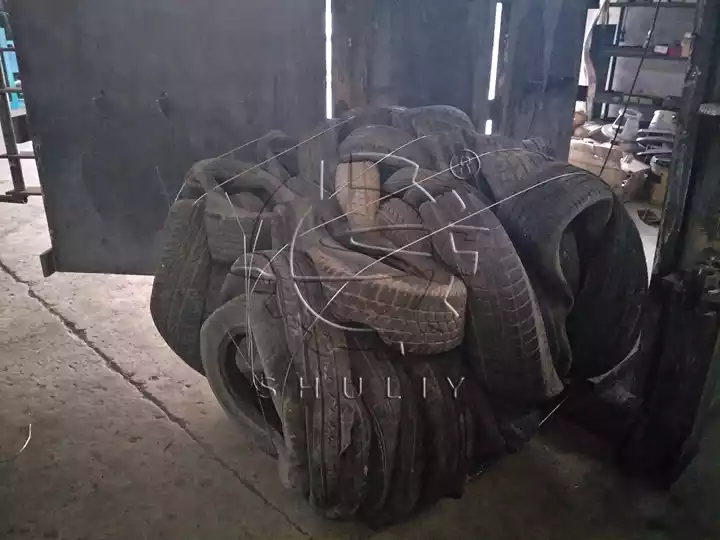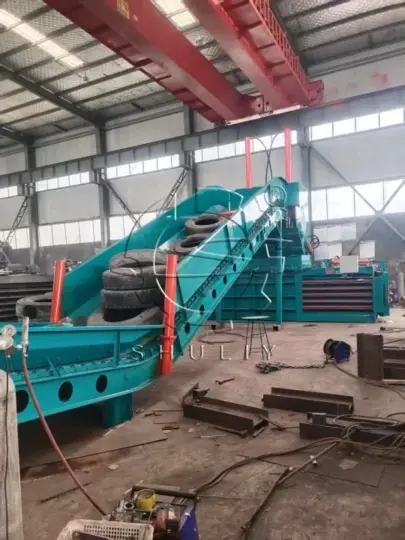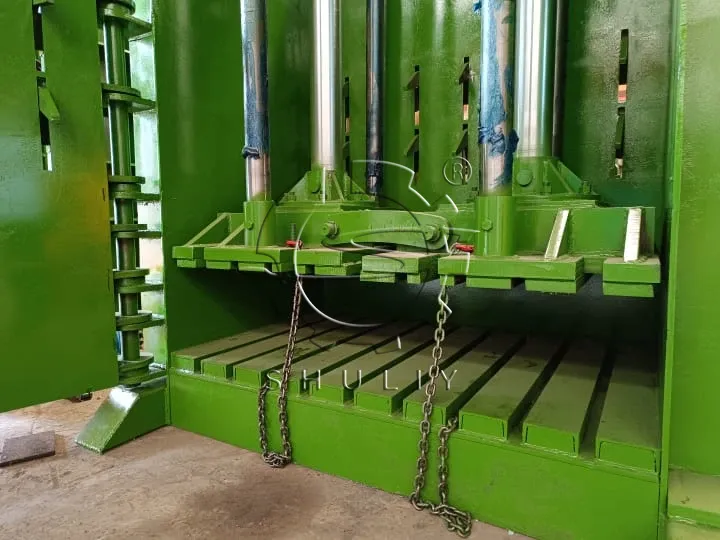With the continuous increase in the global car ownership, the number of waste tires is also rising rapidly. How to efficiently and environmentally dispose of these tires has become a common concern for the recycling industry and environmental protection departments.
The emergence of tire baler machine has provided an efficient solution for the storage, transportation, and reuse of waste tires. Therefore, the market demand for tire balers is constantly growing, and their price has become a key focus for many customers.


What is a tire baler?
The tire baler machine is designed to compress waste tires into compact bales using a powerful hydraulic system, making storage, transport, and recycling more efficient. It is widely used in tire recycling plants, rubber reuse companies, and environmental treatment centers.


Main factors affecting the price of tire baling machine
- Equipment model and capacity: Different models of tire baler machines vary significantly in processing capacity, compression tonnage, and bale size. Higher capacity and stronger compression force result in higher prices.
- Automation level: Fully automatic equipment offers higher efficiency and a higher level of automation in feeding, compression, bale output, and strapping, but it is also more expensive.
- Materials and hydraulic system configuration: The thickness of the steel used and the stability of the hydraulic system affect the equipment’s lifespan and performance, thus influencing the price.
- Customization and additional functions: Some customers customize equipment dimensions, bale specifications, or add automatic bale output and conveying functions based on their processing needs. These customizations will affect the final price.

How to choose the right tire recycling machine?
When selecting a tire baler, it is recommended to consider the following aspects:
- Determine the daily processing volume and tire size to choose a matching model.
- Determine whether to choose fully automatic or semi-automatic equipment based on the production scale.
- Pay attention to the stability and safety performance of the hydraulic and control systems.
- Confirm whether the manufacturer provides installation, commissioning, and after-sales service support.

Conclusion
The price difference in the tire baler machine mainly stems from equipment performance, level of automation, and configuration requirements. When purchasing, businesses should consider their production scale and investment budget, prioritizing models that are stable in operation, low in energy consumption, and easy to maintain.
If you would like to obtain more information and pricing details about the tire baling machine, please contact us immediately for a free consultation.
